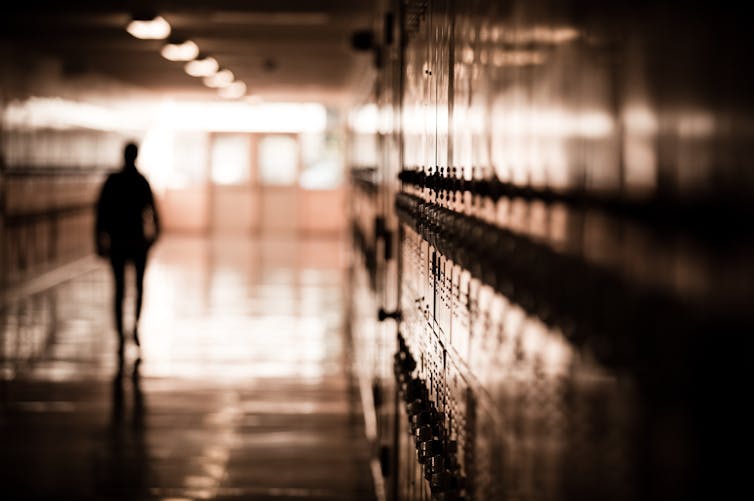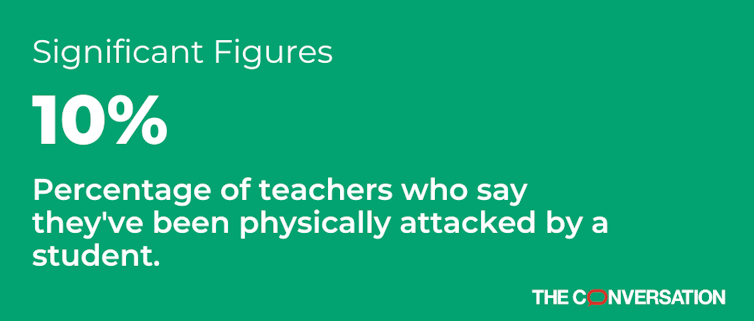The students you encounter today probably will not know how to read cursive, let alone write with it. And they get by just fine. So, what happened, and are there any consequences of this?
If you go back to the history of writing, humans hand wrote for centuries. Then inventions like the printing press changed writing. No longer was all printed material hand written.
As time went on from there, other things came along. Like the typewriter. Soon type written correspondence and manuscripts became the norm. Teachers demanded students turn in perfect, typed essays and reports.
The implementation of computers in every walk of life ushered in the word processor. Those computers led to communicating more and more electronically. Email first, then the explosion of texting.
Cursive was now rapidly becoming an unneeded skill. The student of today has little need for cursive. No matter what your feeling on cursive is, that is the honest truth.
Over 10 years ago, updated standards, like Common Core, the cursive requirement was entirely eliminated. The cheer around the world from young kids learning cursive was deafening.
So, we now live in a world where people just do not do cursive, and have no need for it.
If that makes sad or mad as a teacher, just think about things we no longer teach or use in modern classrooms. Latin, slide-rules, film projectors, record players, slate and chalkboards are just a few.
And let's be frank. Like it or not, writing throughout history has always an evolving technology.
Let's not kid ourselves and over-romanticize cursive. It really is a fading talent.
But now we get to the heart of this post. Like all fading "technologies" and skills, there are bound to be repurcussions.
First, how about signatures? We can't worry about much. Your signature was never about cursive, although that was common. So signatures today, for our young students, are some amalgamation of the letters they have learned to make.
But one of the biggest consequences is reading and interpreting old-style documents, manuscripts, and art work. Students who do not learn to write cursive, will most likely have a hard time reading it.
Showing a copy of, oh let's say The Declaration of Independence, becomes an excercise in futility. It's hard enough for a normal human to read the old-fashioned letters, but what about the modern student? They are now looking at that document as just an old piece of paper. They need a printed, typed out copy to get anything out of it.
It's a shame to admit it, but soon anyone working in a museum will probably be taking a night course on reading cursive. Similar to what a person needs if they are going to need to read Latin or some ancient writing.
The student of today needs to concentrate on modern skills, and keyboarding is at the top of the list. So please don't lament the loss of cursive instruction too long.
Those who go into history, or want to truly be a history buff, will need to learn to read and write cursive. Cursive skills won't die out completely, but sooner or later, people will not even be discussing it. It won't be there. Out of sight, out of mind.
Other things are going the way of the dinosaur as well. Some you probably never learned if you are part of a newer generation. Like dial phones. Film cameras.
You might not have even thought about shorthand, as you yourself may have never even seen it, let alone heard about it. That too has been almost eradicated by modern recording devices. Court reporters still use some shorthand machines, but they too will be phased out by artificial intelligence and digital recording devices.
As technology takes over tasks, it just creates a whole new skill set that students need. Don't lament the loss of cursive too long. And if you know how to read and write it, think of yourself as having a talent that can actually be valuable in many situations.
Someone, someday, might come up to you, hand you a letter from their great-grandfather, and ask, "Can you read this for me?"










